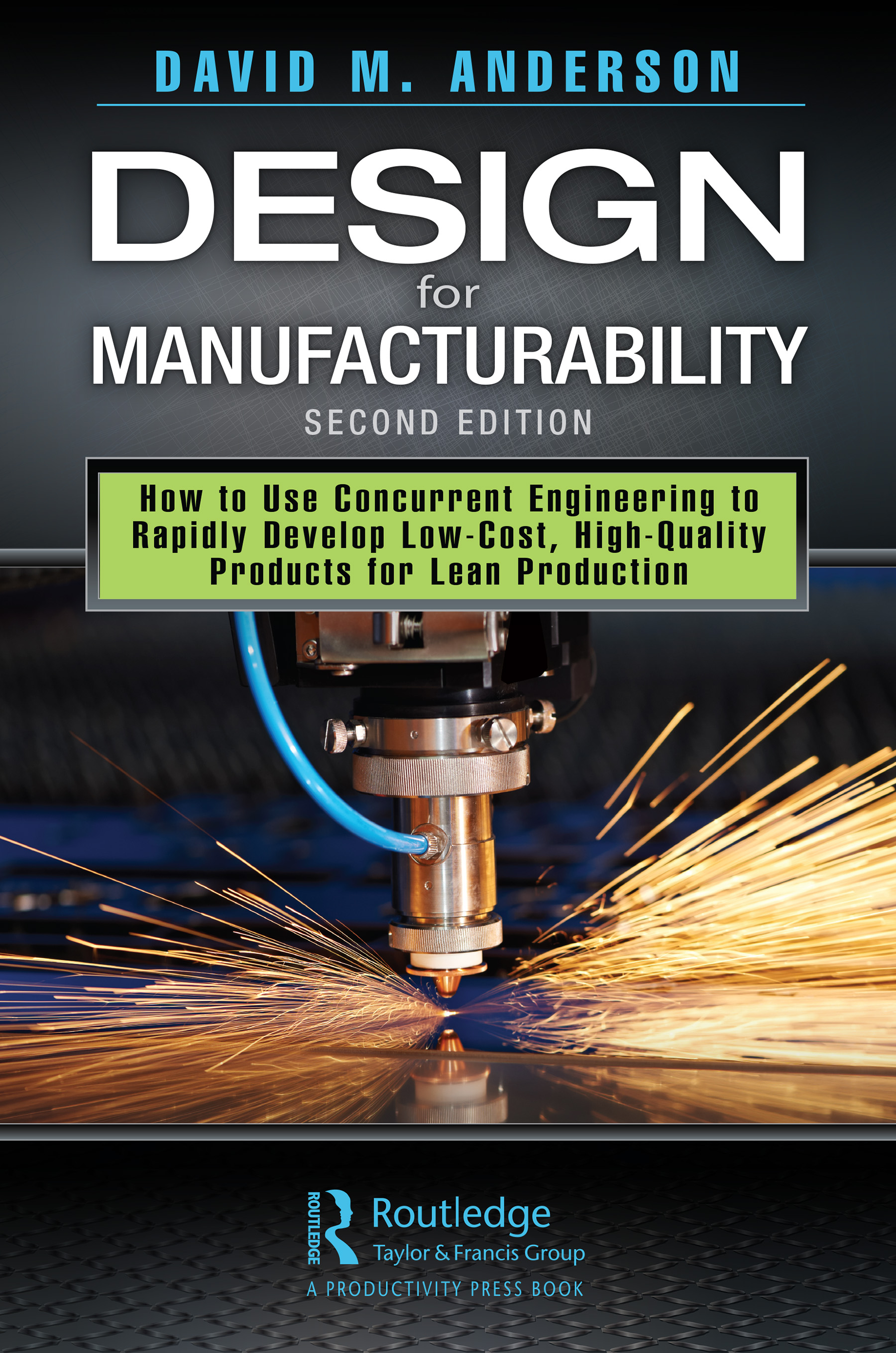Editorial: Foundation for Innovation
Manufacturers depend on innovation in both products and processes to keep them at the forefront in the global marketplace. In fact, innovation no longer constitutes a competitive edge; it's the ante just to get into the game. The Wall Street Journal's Technology Innovation Awards, now in their sixth year, recognize a wide variety of innovations that are directly or indirectly important to American manufacturing competitiveness.
From a group of 121 entries, the panel of 12 judges, representing industry, medicine and academia, selected three overall winners, 12 category winners and 37 runners-up as technologies that represent breakthroughs from conventional methods, rather than just incremental improvements. Here are a few examples.
The software category winner-and best overall-is Sun Microsystems (Santa Clara, CA), which devised a way to diagnose misbehaving software quickly, while the software is running. The energy and power category winner is HeliVolt Corp. (Austin, TX), which developed a method for manufacturing thin-film solar material based on copper indium gallium selenide; a material more efficient than silicon-based solar cells. The biotech-medical category winner is Pfizer Inc. (New York) and Nektar Therapeutics (San Carlos, CA), which developed a powdered, inhalable insulin to replace injections for treating diabetes.
The people who developed these technologies-engineers, scientists, entrepreneurs and corporate executives-are all at least conversant, if not fluent, in mathematics. It isn't any stretch to point out that math is one of several common threads running through all the technologies considered. Given the importance of innovation to manufacturing competitiveness, and that math plays an important role in innovation, the report just released by the National Council of Teachers of Mathematics is good news.
Back in 1989, the council touched off the so-called "math wars" by promoting open-ended problem solving, and the use of calculators, over drilling. The council says its earlier views were widely misunderstood and never intended to excuse students from learning multiplication tables and other fundamentals.
Regardless, the new report, entitled "Curriculum Focal Points: A Quest for Coherence," is viewed as a remarkable reversal. The report says that students, by second grade, should develop quick recall of basic addition and subtraction. By fourth grade, the report says students should be fluent with multiplication and division. By sixth grade, students should be moving on to multiplication and division of fractions and decimals, and by seventh and eighth grades, they should use algebra to solve linear equations. Visit their web site at www.nctm.org to see the entire report, which overall makes a strong case for the importance of math fundamentals-something we've advocated on this page several times.
Math is not the only essential element of innovation, of course. Using the language of mathematics, one would say that math is a necessary but not sufficient element. But it is a critical brick in the foundation for innovation.
Looking for a reprint of this article?
From high-res PDFs to custom plaques, order your copy today!






